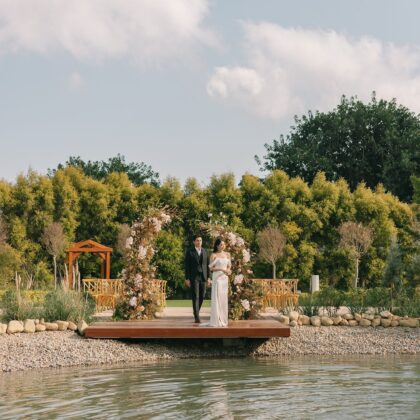 The Dalai Lama said the best thing you can do to help Tibet is to go there and see it for yourself. So that’s exactly what I did. Ever since I was a teenager growing up in New Zealand I had dreamed of discovering the forbidden city of Lhasa, so this summer I embarked on the journey of a lifetime. From the Tibetan people practicing their unique Buddhist rituals, to the magnificent landscapes, there is something truly magical about Tibet.
The Dalai Lama said the best thing you can do to help Tibet is to go there and see it for yourself. So that’s exactly what I did. Ever since I was a teenager growing up in New Zealand I had dreamed of discovering the forbidden city of Lhasa, so this summer I embarked on the journey of a lifetime. From the Tibetan people practicing their unique Buddhist rituals, to the magnificent landscapes, there is something truly magical about Tibet.
Going to Tibet isn’t easy; foreigners cannot reach Lhasa without a special travel permit in addition to a Chinese visa. This can only be obtained by joining a tour group and applying in advance. The ‘group’ can be just you or you and your friends, but on paper you need to be part of one and have a guide. Tour companies are a bit hit and miss, so do your research. I chose to go with the Tibetan owned and operated Snowlion Tours. They were slightly more expensive than most but I wanted to support a Tibetan company.
Something to keep in mind when travelling to Tibet is that you may experience altitude sickness. It affects everybody differently, so arriving by train is ideal because it gives you time to acclimatize slowly. The trains are clean, have a Western toilet in the soft sleeper section and are pumped with oxygen. Although they seem rather slow, the train from Xining went through the most amazing snow covered mountain and past the world’s highest lake. Chinese herbal or Western medicine can help alleviate the symptoms of Altitude Sickness, but for me the only difficulty was walking up stairs. Despite trekking slowly up to the Potala Palace, I still felt like I was going to have a heart attack!
 Lhasa is like no place on earth, a peaceful melting pot of people surrounded by so much natural beauty. It was disappointing then to see the Tibetan Quarter occupied so heavily by armed Chinese soldiers. They are stationed at every entrance, on the roofs around the Jokhang Temple and they patrol the streets in groups of five or six, 24 hours a day. Security has been stepped up since the attempted uprising in 2008, but all of this seems unnecessary. My guide was quick to inform me that I could not take any photos of the soldiers and if they caught me photographing them they would confiscate my camera.
Lhasa is like no place on earth, a peaceful melting pot of people surrounded by so much natural beauty. It was disappointing then to see the Tibetan Quarter occupied so heavily by armed Chinese soldiers. They are stationed at every entrance, on the roofs around the Jokhang Temple and they patrol the streets in groups of five or six, 24 hours a day. Security has been stepped up since the attempted uprising in 2008, but all of this seems unnecessary. My guide was quick to inform me that I could not take any photos of the soldiers and if they caught me photographing them they would confiscate my camera.
Although most people speak Tibetan or Mandarin, the language barrier is not really an issue for foreigners. The Tibetan guides speak a good level of English and a simple ‘Tashi Delek’ (Tibetan greeting) will get you a long way.
Monks are synonymous with the pureness of Tibet, so I was surprised when my guide told me that the government now pays them. He also informed me that there are very few working monasteries in Tibet and from what I witnessed this has lead to an erosion of the Tibetan culture. Nowadays monasteries are mostly tourist attractions, flooded by large groups of Mainland tourists who disrespect the rules of the monastery by smoking and speaking loudly in the most holy of places.
Arguably the most famous monastery is the Potala Palace, built by the fifth Dalai Lama and home to the current Dalai Lama before his exile in 1959. Perched on a hill overlooking Lhasa city, it is instantly recognizable as the former political and religious centre of Tibet. Unfortunately it is a shell of its former self, with only 14 monks living there and many areas off limits to tourists. Still, I got my ticket the day before and arrived at 8.20am for the first viewing session. Guides are only allowed to be inside for 1hr with their group so I agreed to walk through alone at my own pace. Visitors cannot take photos as they walk past the tombs of the previous Dalai Lamas and stroll through the ornate meeting rooms of the former Tibetan government.
I also visited Lhasa’s famous Sera Monastery in which you can see the monks debating Buddhist philosophy. On the sunny afternoon I visited, I watched with amazement as one monk sat on the ground while another stood over him asking questions. If he cannot answer satisfactorily the monk standing takes a step forward and makes an almighty clapping sound with his hands. The debates can become rather aggressive and are exciting to watch despite my not understanding the language.
By far my favourite thing to do in Lhasa was to sit back in the Himalayan sun, sip tea and watch the pilgrims walk clockwise around the Barkhor Street market. Carrying prayer beads and prayer wheels they walk with purpose, chanting mantras to display their devotion to their religion.
 Nestled between never ending mountains covered in prayer flags and stone offerings to the gods, about a 2 1/2hour drive from Lhasa, lies the stunning Yamdrok Lake. The water is the most amazing turquoise colour and although it is freezing, dipping your feet in is essential. On your way there you will see the usual tourist traps, but one I couldn’t pass up on was riding a yak for 10RMB. The hairy beasts are smaller than a horse and are seen everywhere throughout the Tibetan region.
Nestled between never ending mountains covered in prayer flags and stone offerings to the gods, about a 2 1/2hour drive from Lhasa, lies the stunning Yamdrok Lake. The water is the most amazing turquoise colour and although it is freezing, dipping your feet in is essential. On your way there you will see the usual tourist traps, but one I couldn’t pass up on was riding a yak for 10RMB. The hairy beasts are smaller than a horse and are seen everywhere throughout the Tibetan region.
 A special part of this trip was being able to visit the nomad people in the Amdo region to see how they live. The most basic white tents have dirt floors covered with a few blankets and a fire in the middle. Men spend their days tending to their yak herd while the women make yak butter and do chores. The children I met had dirty faces and no toys, yet were happy-go-lucky and curious about me. Although it is one of the hardest lives you could ever imagine, the people were hospitable and kind.
A special part of this trip was being able to visit the nomad people in the Amdo region to see how they live. The most basic white tents have dirt floors covered with a few blankets and a fire in the middle. Men spend their days tending to their yak herd while the women make yak butter and do chores. The children I met had dirty faces and no toys, yet were happy-go-lucky and curious about me. Although it is one of the hardest lives you could ever imagine, the people were hospitable and kind.
Like most places in China, the toilets in Tibet are generally horrific squatters so be prepared to hold your nose and provide your own tissue. The food is a mix of Tibetan, Chinese and Nepalese — it is a good idea to stay away from any attempt at Western food, you will only be disappointed. So instead I ate the most amazing Muslim inspired soupy flat noodles and the Yak meat momos are also a local specialty. In fact Yak meat is used in pretty much everything. I also tried the traditional Tibetan butter tea, which is definitely an acquired taste, I much preferred the sweet tea, which is like the Indian chai.
Tibet is not for the faint hearted but is definitely worth the effort, just don’t forget to pack your sense of humor!
Getting there: Fly through Chengdu or Xining
Train from Beijing/Shanghai or Chengdu





 Eat & Drink
Eat & Drink

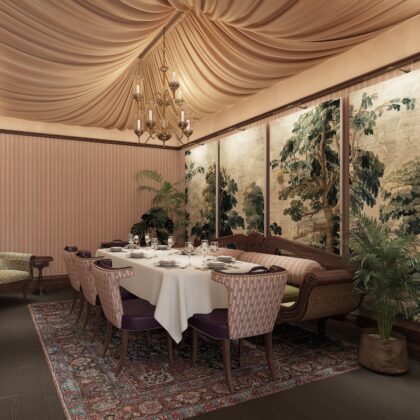
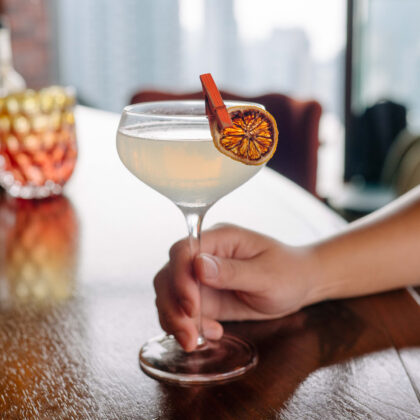
 Travel
Travel
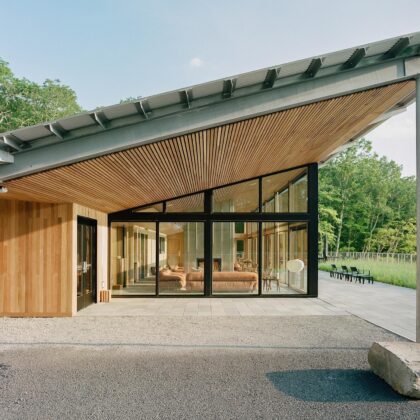
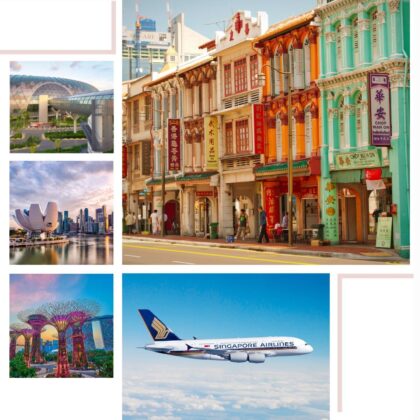
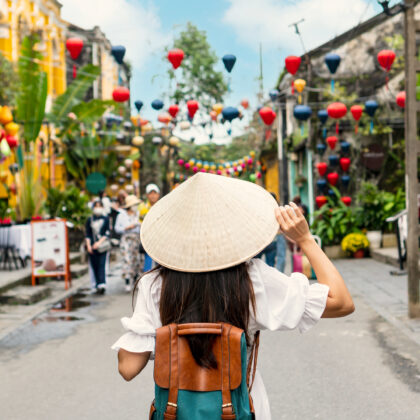
 Style
Style
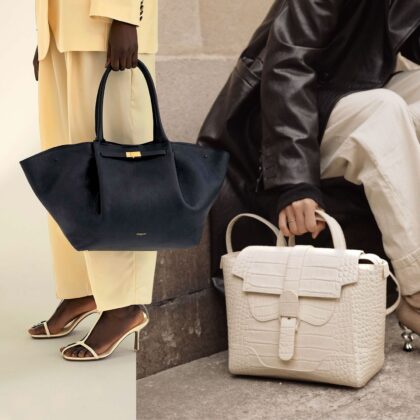


 Beauty
Beauty



 Health & Wellness
Health & Wellness
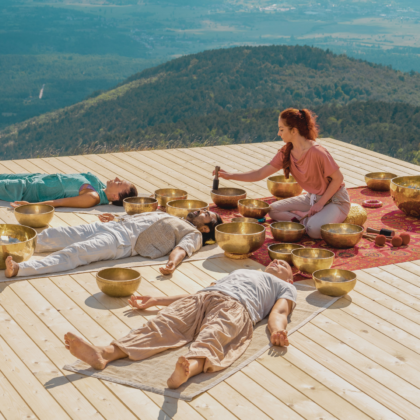


 Home & Decor
Home & Decor


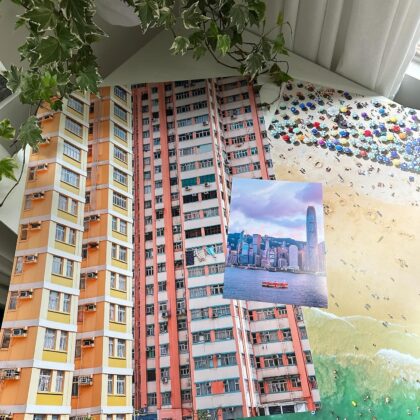
 Lifestyle
Lifestyle

 Weddings
Weddings

